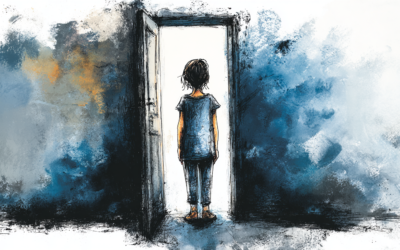 Decisions, decisions, decisions. Whether we’re picking out a new shirt, choosing a dish from a menu, or even selecting a holiday destination, life constantly throws choices our way. But have you ever noticed that often, three options seem to be the magic number? Let’s dive into why this trio of choices is so compelling and how culture and age can influence this dynamic.
Decisions, decisions, decisions. Whether we’re picking out a new shirt, choosing a dish from a menu, or even selecting a holiday destination, life constantly throws choices our way. But have you ever noticed that often, three options seem to be the magic number? Let’s dive into why this trio of choices is so compelling and how culture and age can influence this dynamic.
The Power of Three
- Balanced Variety: Offering three choices strikes a perfect balance, providing variety without overwhelming the decision-maker.
- The Safe Middle: Often, people gravitate towards the middle option. Seen as neither too extreme nor too conservative, the center choice often feels ‘just right’.
- Decoy Dynamics: A third option can subtly nudge people towards a particular choice by making it seem more attractive in comparison.
Deepening the Understanding
The influence of three doesn’t stop at surface-level psychology. When we dig deeper:
- Cognitive Ease: Too many options can burden our brains, leading to decision fatigue. Three choices offer diversity without overloading our cognitive processes.
- Maximizing vs. Satisficing: The trio caters to those wanting the absolute best (‘maximizers’) and those seeking a ‘good enough’ option (‘satisficers’).
The Cultural Dance of Decision Making
However, while the rule of three seems universal, cultural nuances can add layers of complexity:
- Collectivism vs. Individualism: In collectivist societies, the ‘best’ choice might be what aligns with group values. In individualistic cultures, personal preference reigns.
- Symbolism in Numbers: The number three might be lucky in some cultures but could be neutral in others.
- Risk Perspectives: Cultures that prize stability might favour the safest of the three options, while risk-tolerant societies might opt for the most unique choice.
The Age Factor
Age, much like culture, can influence how the trio of options is perceived:
- Younger individuals, growing up in an age of abundant choices (thanks to the digital world), might crave more options and see three as limiting.
- Older generations, on the other hand, might appreciate the simplicity of three, finding it easier to navigate and less overwhelming.
And So….
Offering three choices seems to be a sweet spot in decision-making, harmonizing cognitive ease with a sense of variety. Yet, as with many aspects of human behaviour, the effectiveness of this strategy can be influenced by cultural and generational nuances.
As we navigate the intricate dance of decision-making, understanding these layers can help marketers, consultants, and anyone keen on influencing choices to do so more effectively. Remember, life might be about choices, but understanding the ‘why’ behind them is where the real magic lies.



